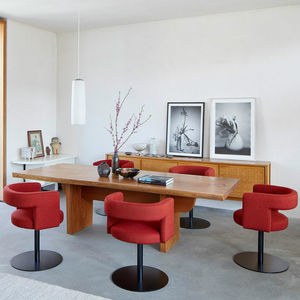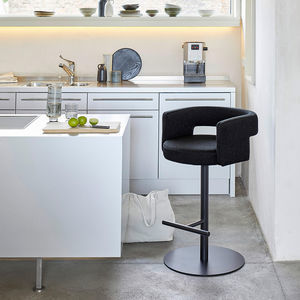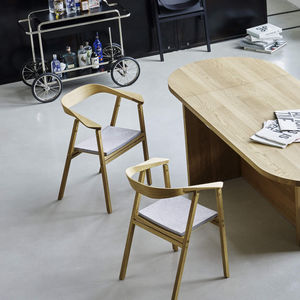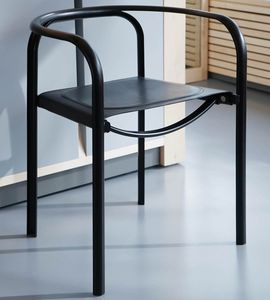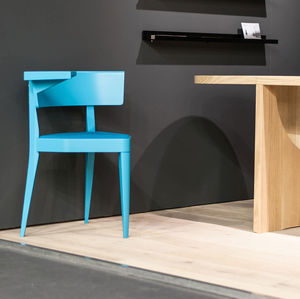
Bauhaus design upholstered bench D51-3fabricleatherwooden base

















Add to favorites
Compare this product
Characteristics
- Style
- Bauhaus design
- Seat material
- fabric, leather
- Base material
- wooden base
- Frame material
- wooden
- Options
- with backrest, with armrests
- Designer
- by Walter Gropius
- Color
- blue, white, customizable color, multi-color
- Capacity
- 3-seater
- Seat height
46 cm
(18.1 in)- Total height
79 cm
(31 in)- Total width
190 cm
(75 in)- Total depth
56 cm
(22 in)
Description
Simple elegance is the hallmark of the two-seater D51-2 sofa from 1922/23. One could also say: a virtually uncompromising attitude. Streamlined to perfection, it is geared to no other purpose than to seating two or three people. The details make the design – rounded corners casually encompass the sitter, the legs are set astride giving them an almost human appearance. The individual elements seem to be lined up as if by a ruler. The sofa and its backrest create a clear rhythm in the room, which is amplified by the upholstery fabrics. Instead of sinking into luxuriant cushions, you are borne on flat upholstery elements that could be floating parts of the kind favoured by constructivist artists. Gropius not only knew how to express the creative upheaval of the era in design but also created a conceptual framework for it.
Comprising a chair and two-seater sofa, the collection was intended for the vestibule of the Fagus factory, where Gropius pushed wide open the door to modernity. “In his eternal curiosity man learned to dissect his world with the scalpel of the scientist, and in the process has lost his balance and his sense of unity,” believed the architect, and created an integrative architectural icon.
As it happened, over the course of time, this story was interwoven with Tecta’s story. Axel Bruchhäuser, partner of the company since 1972 and an important witness of the Bauhaus generation, recalls: “We sat in the foyer on chairs by Walter Gropius, of which the owners knew nothing at all.
Catalogs
TECTA Magazin 2017
164 Pages
TECTA - Flying Furniture
131 Pages
Exhibitions
Meet this supplier at the following exhibition(s):

Related Searches
*Prices are pre-tax. They exclude delivery charges and customs duties and do not include additional charges for installation or activation options. Prices are indicative only and may vary by country, with changes to the cost of raw materials and exchange rates.




